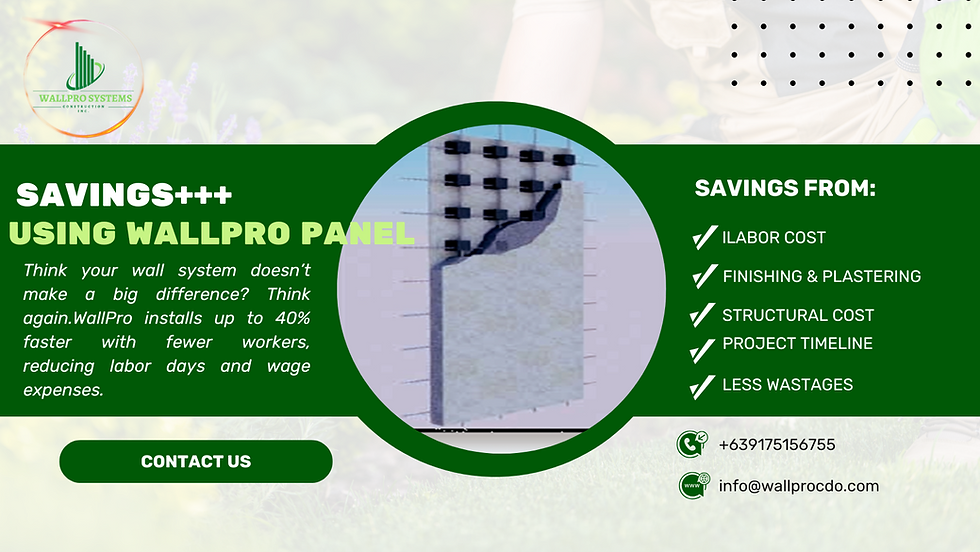Minimalist Homes: Less Clutter, More Comfort
- Gabriel Mikael
- Feb 28
- 2 min read
In today’s fast-paced world, many homeowners are embracing minimalism as a way to create a peaceful and functional living space. A minimalist home is not just about aesthetics; it’s about making conscious choices to reduce clutter and enhance comfort. Here’s how minimalism can transform your home and lifestyle.
1. Decluttering for a Clean and Open Space
The foundation of a minimalist home is decluttering. By eliminating unnecessary items, you create a more open and inviting environment. Consider these steps:
Assess each item’s necessity and remove what doesn’t serve a purpose.
Organize belongings using storage solutions like baskets, shelves, and concealed cabinets.
Maintain a clutter-free space by adopting the “one in, one out” rule.
2. Neutral and Soothing Color Palettes
Minimalist homes often feature neutral and earthy tones that promote a sense of calm and spaciousness. Whites, beiges, grays, and soft pastels help reflect natural light, making rooms feel airy and bright.
3. Functional and Stylish Furniture
Every piece of furniture in a minimalist home serves a purpose. Choose simple, high-quality pieces that offer both comfort and utility:
Multi-functional furniture, such as storage beds or nesting tables, maximizes space efficiency.
Streamlined designs with clean lines contribute to a tidy and modern aesthetic.
Opt for a few well-chosen furniture pieces rather than overcrowding the space.
4. Maximizing Natural Light
Lighting plays a crucial role in minimalist design. Large windows, sheer curtains, and strategically placed mirrors help enhance natural light, reducing the need for artificial lighting while making the space feel more open.
5. Quality Over Quantity
Minimalism encourages investing in high-quality, durable items rather than accumulating excessive possessions. Prioritize:
Well-made furniture and décor that stand the test of time.
Thoughtfully curated items that add value and purpose to your home.
6. Simple and Intentional Decor
Decor in a minimalist home should be intentional and meaningful. Avoid excessive decorations and instead focus on:
A few statement pieces such as a single piece of artwork or a well-placed plant.
Textures and natural elements like wood, linen, and stone to add warmth and character.
Functional decor, such as stylish storage baskets and elegant lighting fixtures.
7. Smart Storage Solutions
To maintain a minimalist aesthetic, effective storage solutions are essential. Utilize:
Built-in shelving to keep essentials neatly organized.
Under-bed storage and wall-mounted hooks to optimize space.
Minimalist wardrobes and cabinets that blend seamlessly with the interior.
8. Mindful Living and Sustainability
Minimalism aligns with a sustainable lifestyle by promoting mindful consumption. Reduce waste by:
Choosing eco-friendly materials and products.
Repurposing or donating items instead of discarding them.
Practicing a “less but better” approach when purchasing new items.
A minimalist home is more than just a design choice—it’s a lifestyle that promotes clarity, comfort, and well-being. By embracing minimalism, you can create a space that is both aesthetically pleasing and functionally efficient, bringing more harmony and ease into your daily life.




Comments